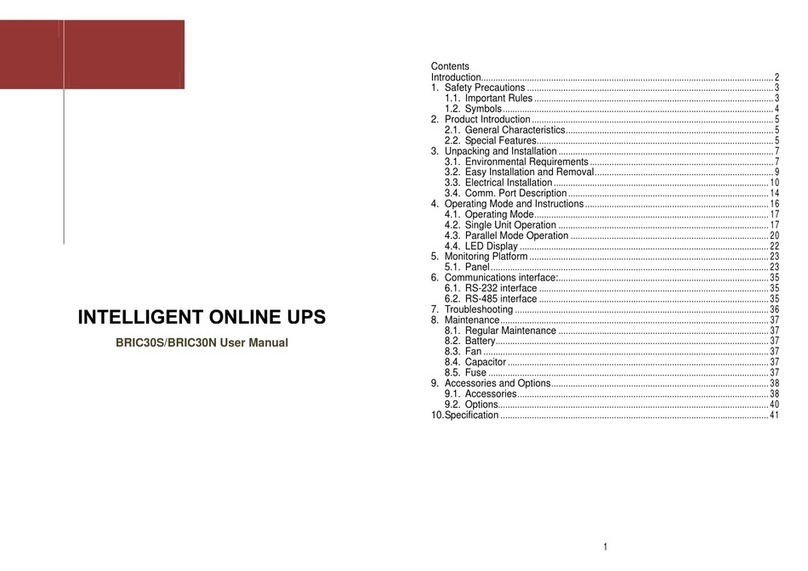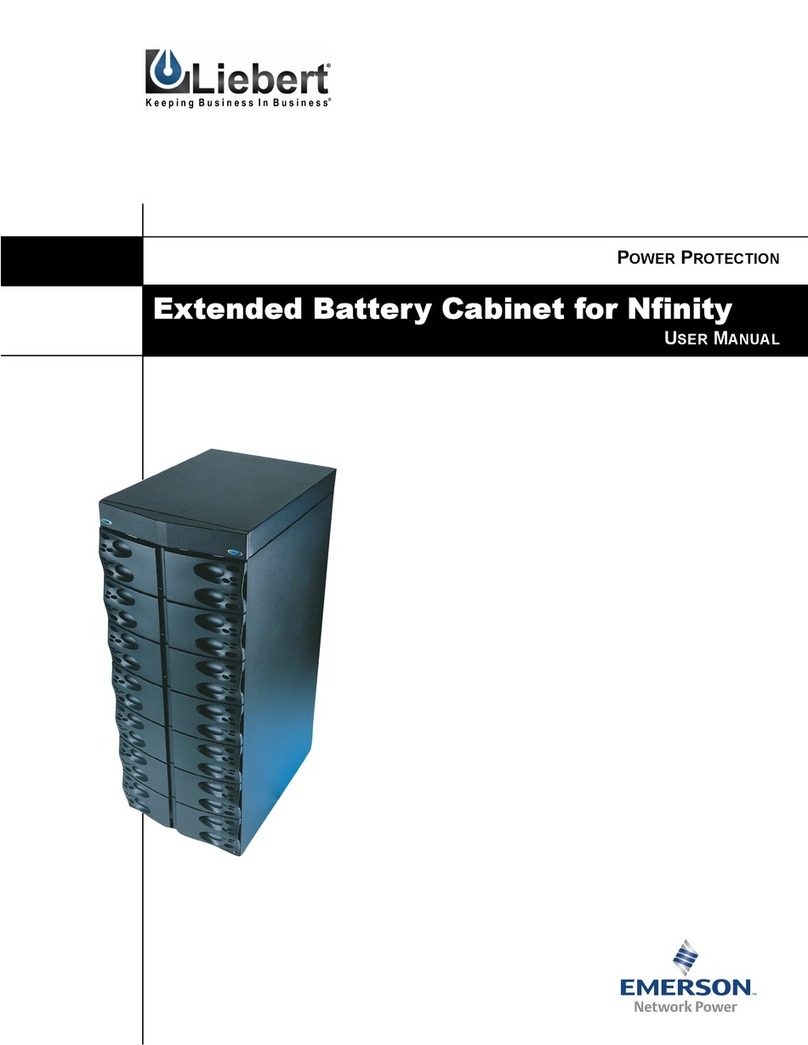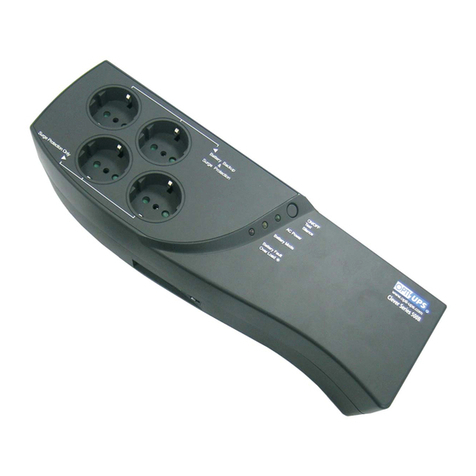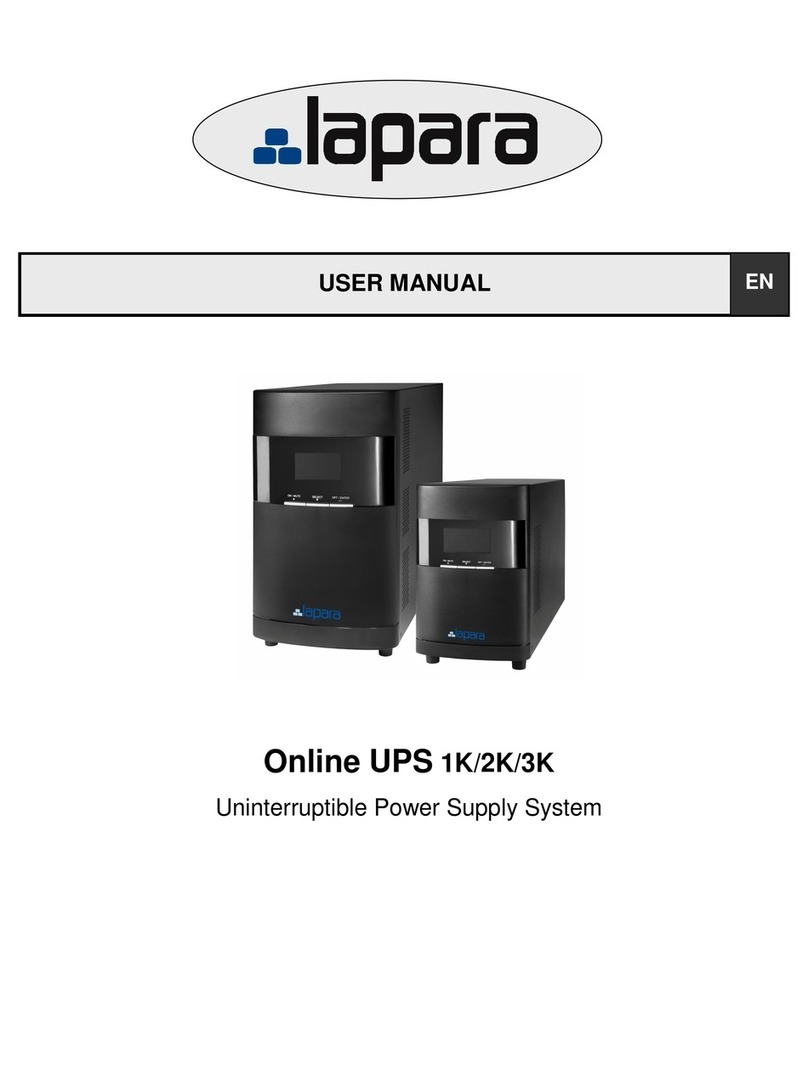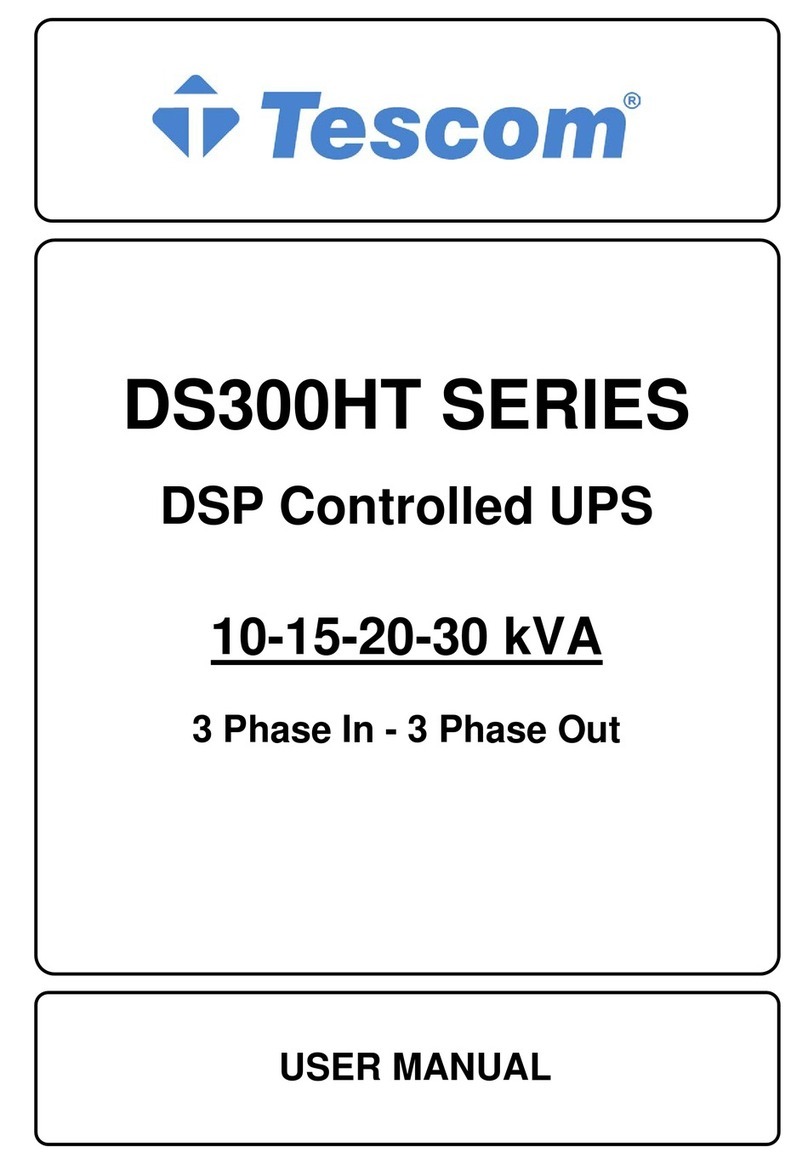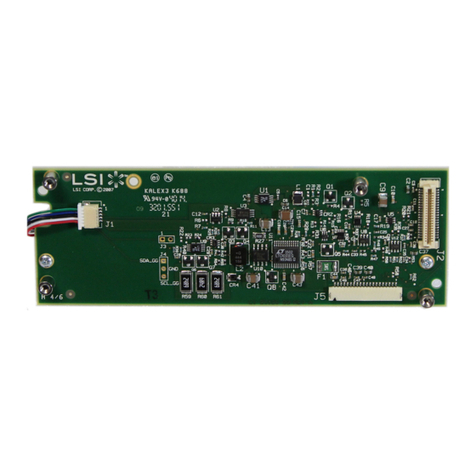Marathon Power Tri-Athlon ATWS-10003-02 User manual




















This manual suits for next models
5
Table of contents
Other Marathon Power UPS manuals
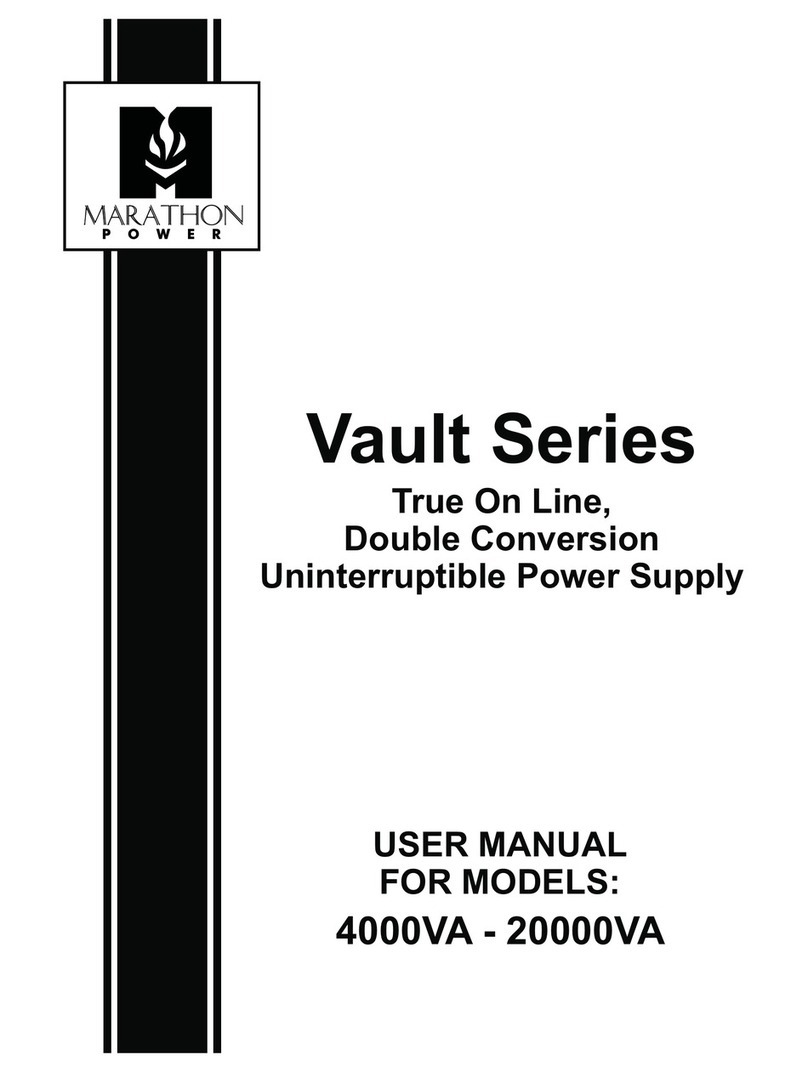
Marathon Power
Marathon Power vault series User manual
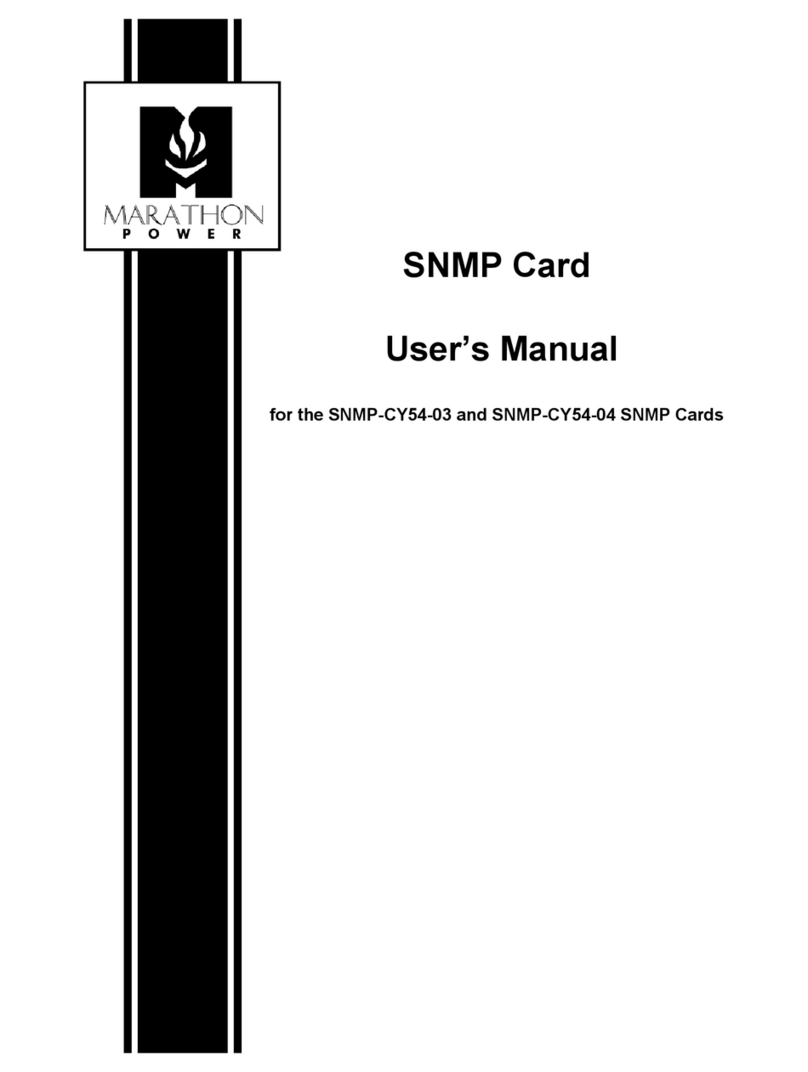
Marathon Power
Marathon Power SNMP Series User manual
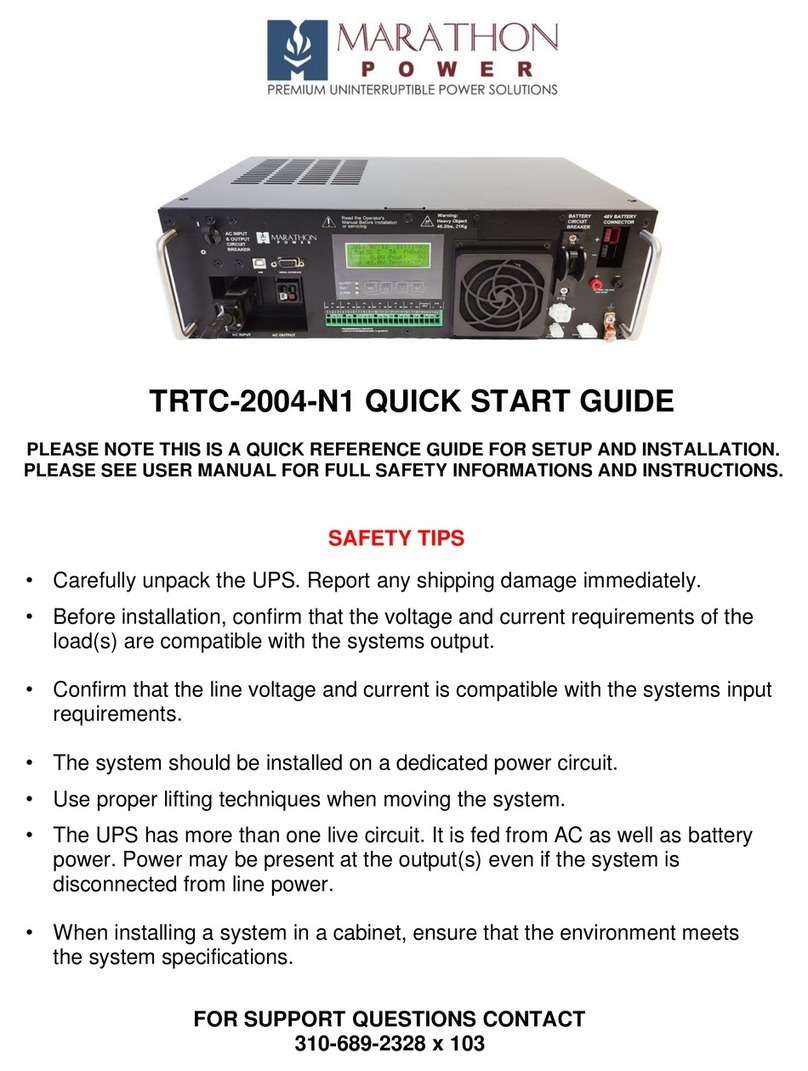
Marathon Power
Marathon Power TRTC-2004-N1 User manual

Marathon Power
Marathon Power TRTC-2002-N1 User manual

Marathon Power
Marathon Power Track Series User manual

Marathon Power
Marathon Power Athlon SEries User manual
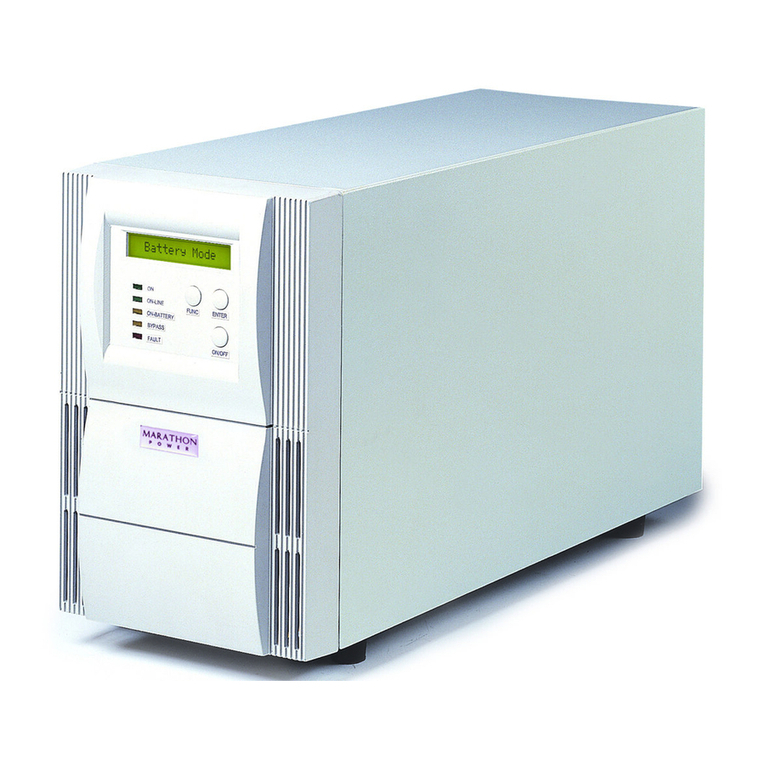
Marathon Power
Marathon Power vault series User manual

Marathon Power
Marathon Power Sprint Series User manual

Marathon Power
Marathon Power SDRS-0300-H1 User manual

Marathon Power
Marathon Power vault series User manual
Popular UPS manuals by other brands
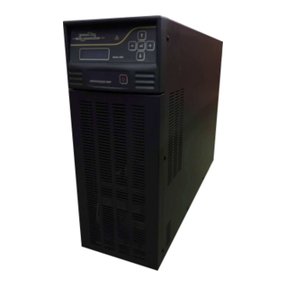
Tescom
Tescom CL115D Series user manual
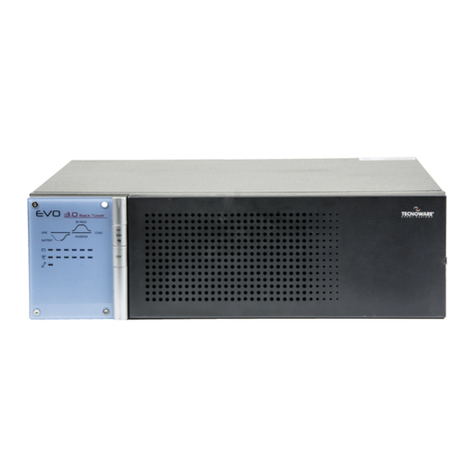
Tecnoware
Tecnoware EVO 3.0 RT user manual
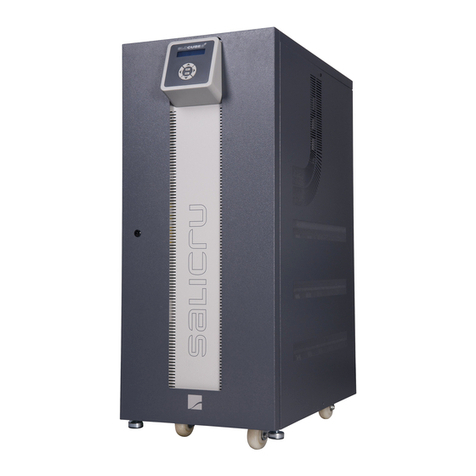
Salicru
Salicru SLC CUBE 3+ user manual
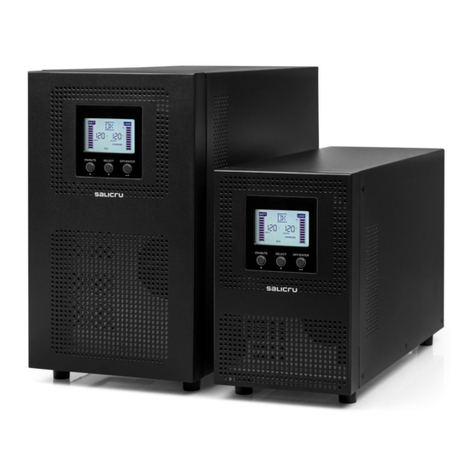
Salicru
Salicru SLC-1000-TWIN PRO2 A user manual
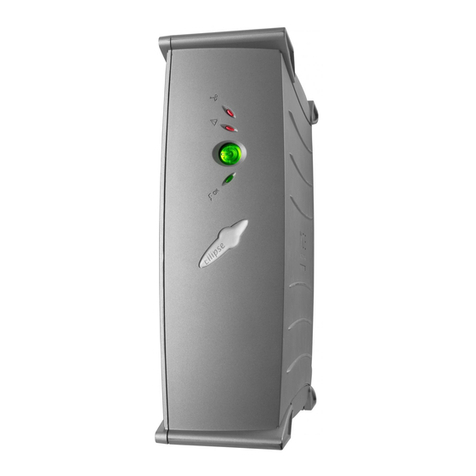
MGE UPS Systems
MGE UPS Systems PULSAR 1000 Installation and user manual

ONEAC
ONEAC ONE404AG-SE Operation, troubleshooting and reference guide
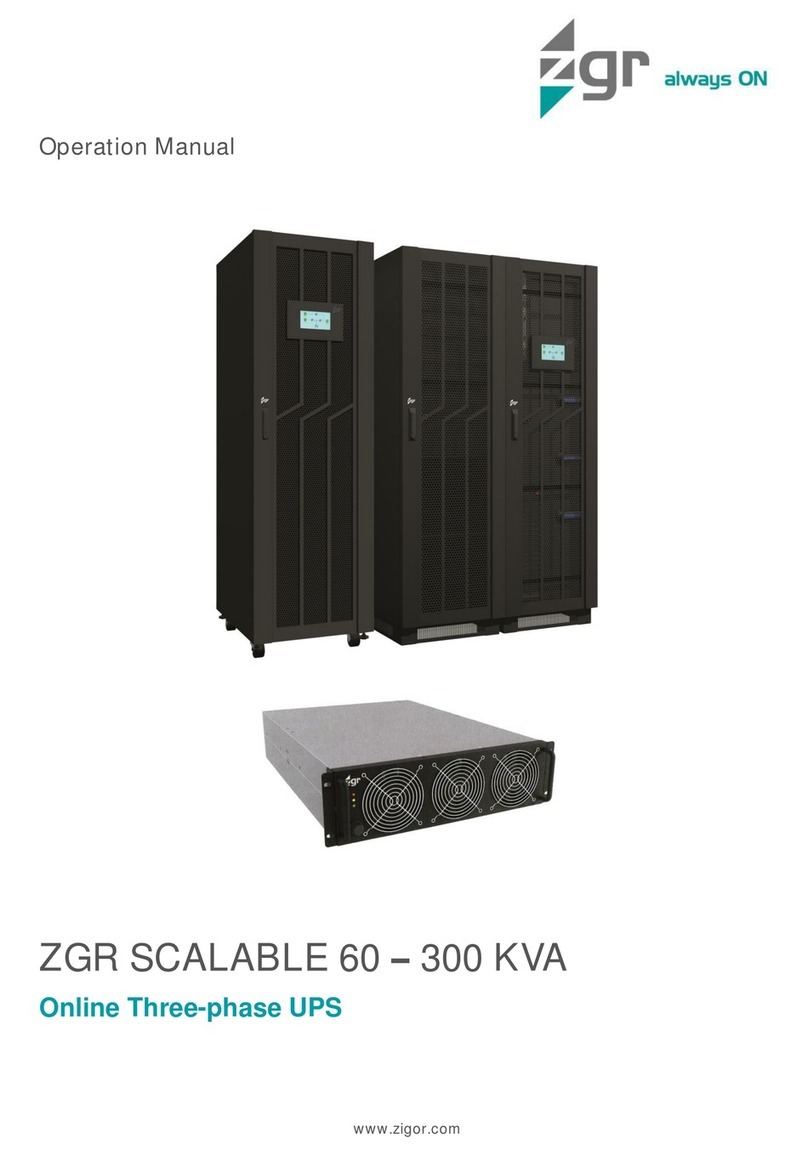
ZGR
ZGR SCALABLE 60 KVA Operation manual
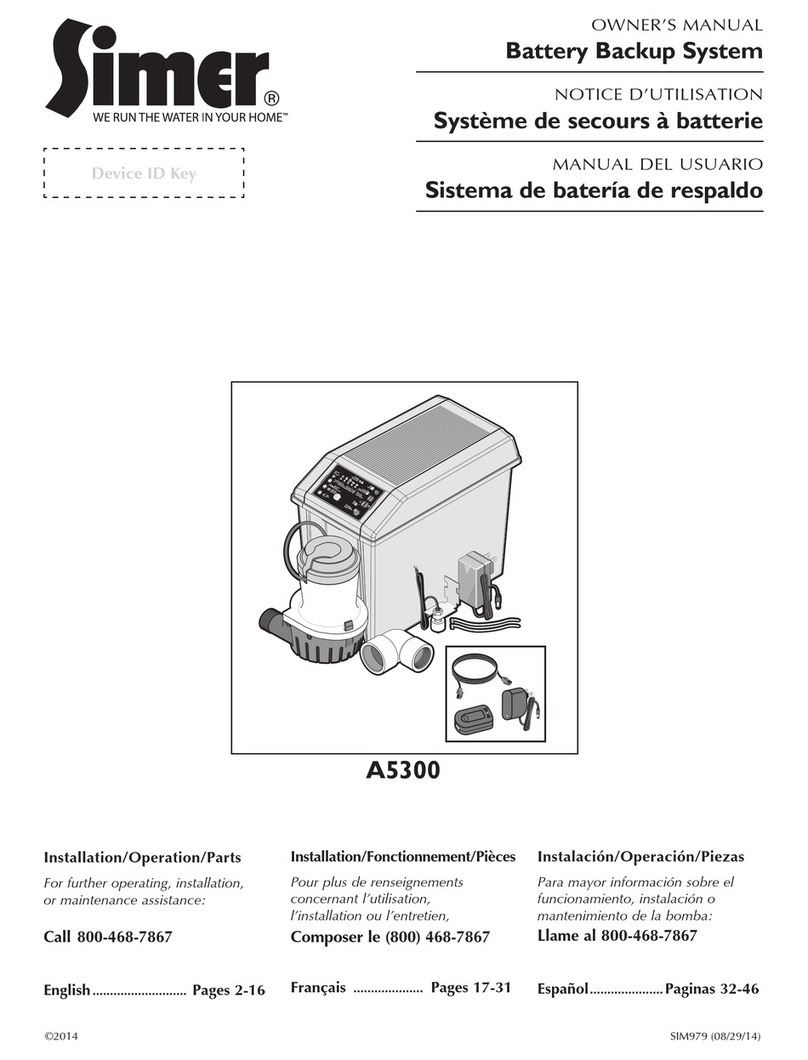
Flotec
Flotec A5300 Installation, operation & parts

Emerson
Emerson SOLAHD SDU DC UPS B Series user manual
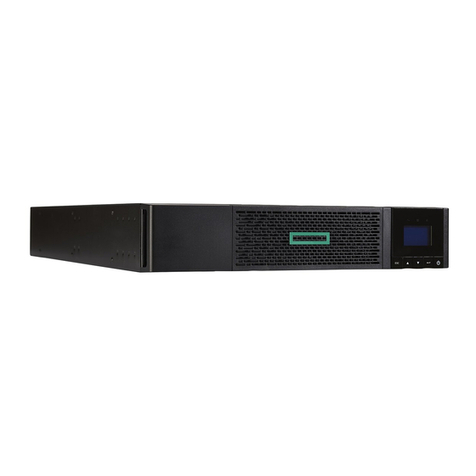
Hewlett Packard Enterprise
Hewlett Packard Enterprise R/T2200 G5 user guide
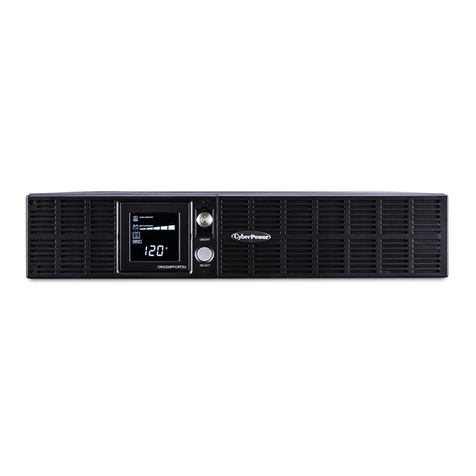
CyberPower
CyberPower OR1500PFCRT2U user manual
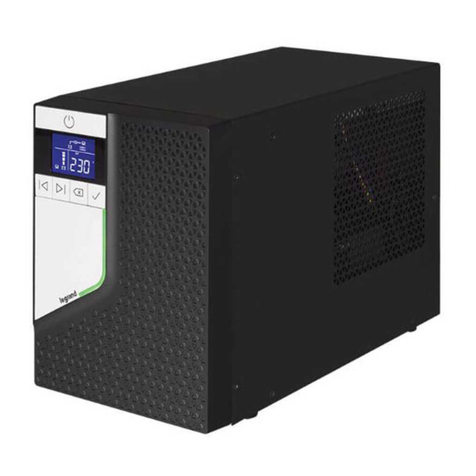
LEGRAND
LEGRAND KEOR TOWER SPE Installation and user manual

